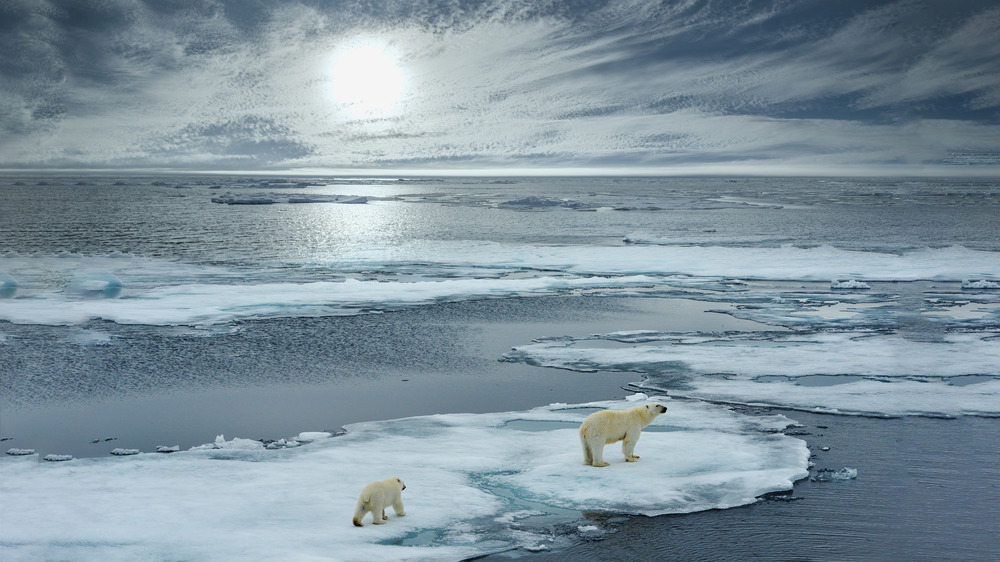politicalphishing.com – The Earth’s poles are among the most extreme environments on our planet. These regions, the Arctic and the Antarctic, are characterized by their harsh climates, remote locations, and unique ecosystems. Despite these challenges, life has found a way to thrive at the poles. This article explores the remarkable adaptations of life forms at these polar extremes, the challenges they face, and the importance of these regions to the global climate system.
The Arctic: A Frozen Ocean Surrounded by Land
The Arctic is a vast, icy wilderness that encompasses the northernmost part of the Earth. It is an ocean surrounded by the land masses of North America, Europe, and Asia. The Arctic climate is characterized by long, dark winters and short, cool summers. Temperatures can plummet to as low as -50°C in the winter, and the sun does not rise above the horizon for months.
Life in the Arctic
Despite the harsh conditions, the Arctic is home to a diverse range of life forms. Polar bears, the apex predator of the Arctic, have a thick layer of blubber to insulate them from the cold and large paws to navigate the icy terrain. Seals, such as the ringed seal, have adapted to life on the ice, breathing through holes they keep open in the ice. Birds like the snowy owl and the Arctic tern have found ways to survive the extreme conditions, with the latter undertaking one of the longest migrations of any bird.
Challenges Faced by Arctic Life
The primary challenge for life in the Arctic is the cold. Organisms must find ways to prevent freezing, conserve energy, and find food in a seemingly barren landscape. Many Arctic species have developed anti-freeze proteins in their blood and bodily fluids to survive the frigid temperatures.
The Antarctic: A Frozen Continent
The Antarctic, on the other hand, is a continent covered in ice and snow. It is the coldest, driest, and windiest continent on Earth. The Antarctic climate is even more extreme than the Arctic’s, with temperatures dropping as low as -89.2°C. The continent is surrounded by the Southern Ocean, which plays a crucial role in the Earth’s climate system.
Life in the Antarctic
Life in the Antarctic is sparse but resilient. Penguins, such as the emperor penguin, breed on the ice and have adapted to the cold by huddling together to conserve heat. Krill, tiny crustaceans, form the base of the Antarctic food web, feeding everything from whales to seals. Lichens and mosses are among the few plants that can survive the extreme conditions on the continent.
Challenges Faced by Antarctic Life
The challenges faced by Antarctic life are similar to those in the Arctic but even more severe. The cold, the lack of liquid water, and the high levels of UV radiation due to the thinning ozone layer are significant obstacles. Organisms have developed strategies such as supercooling, where they lower their freezing point, and the production of UV-protective pigments.
The Importance of the Poles
The polar regions are not just home to unique and resilient life forms; they are also critical to the Earth’s climate system. The ice and snow reflect sunlight back into space, helping to regulate global temperatures. The melting of polar ice is a key indicator of climate change, with significant implications for sea levels and weather patterns worldwide.
Conclusion
Life at the Earth’s poles is a testament to the resilience and adaptability of living organisms. The polar regions are more than just frozen wastelands; they are vibrant ecosystems that play a vital role in the health of our planet. As we continue to face the challenges of climate change, it is more important than ever to understand and protect these unique and fragile environments.
